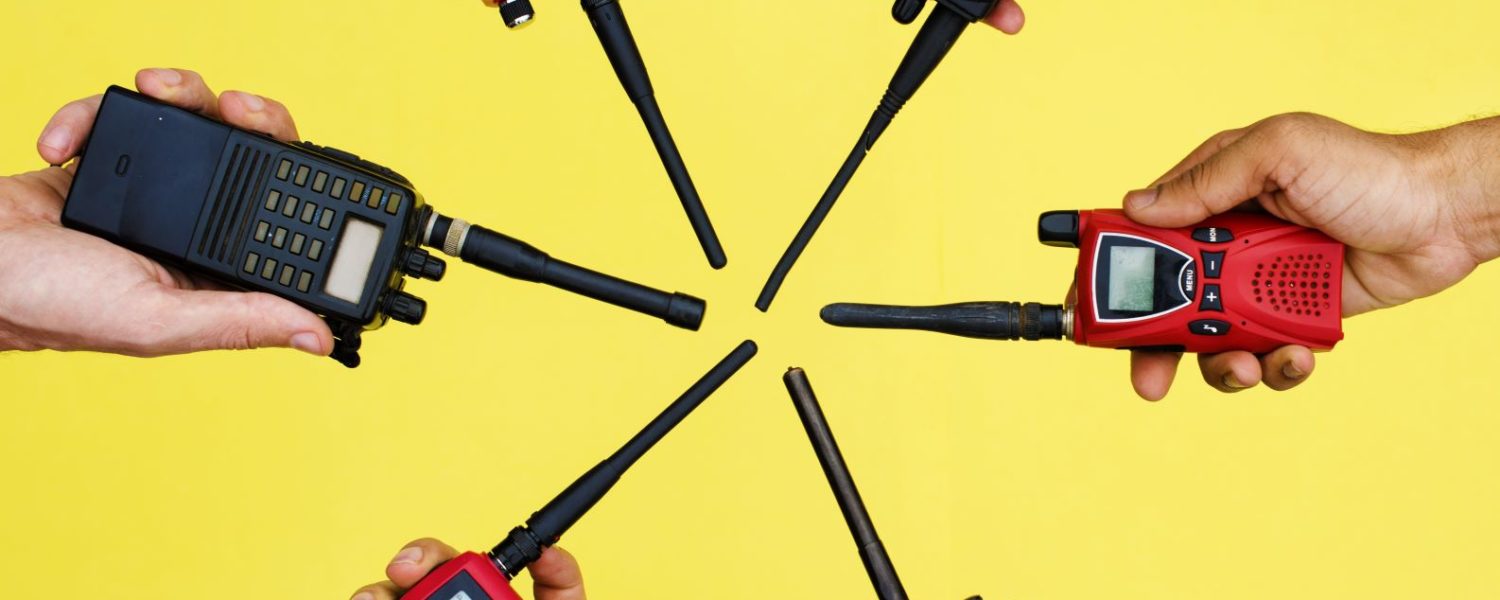As the U.S. continues through varying degrees of social distancing and stay-at-home orders, many things about personal and professional communication have changed. Video conference apps and remote work are seeing unprecedented levels of use, as businesses scramble to stay connected.
Churches and parochial schools are no exception; many have also turned to video conference apps to stay connected to friends, parishioners and students.
However, in the near future, when things begin to settle back into a normal ebb and flow, we will inevitably find ourselves in a different world with a different way of thinking about how we come together.
Businesses may keep a larger portion of their employees working remotely through video conferences, but churches and parochial schools thrive on congregations, students and teachers coming together. In the age of social distancing, it may seem at first that adhering to safe distancing and new ways of coming together could pose a significant hindrance to day-to-day operations, communications and perhaps even emergency preparedness.
Church and school staff know that maintaining effective communications is a vital component of ensuring the safety and security of congregants and students. Effective communication is also a key factor in maintaining effective operations and making sure that needs and issues can be quickly addressed.
With the inevitable shift in how we gather and distance ourselves in the future, is it possible to maintain or even improve communications?
The answer to that question is yes. And the best part of the answer is that it isn’t complicated or time consuming; it’s actually an intuitive and professional approach to communications: two-way radios.
Two-way radios continue to present church staff and educators with tremendous day-to-day communication advantages. In the age of social distancing, these advantages are even clearer – these radios allow for safe and hygienic distancing, while actually improving communications!
Let’s examine the improvements that two-way radios present to church communications. In one example, ushers and greeters with radios and earpieces may notify internal church staff that an attendee needs a wheelchair or other access assistance immediately.
In another example, Sunday school teachers with radios and earpieces can notify each other if they need assistance with a child, or when planning activities together. Finally, the most obvious, two-way radios provide a first line of defense against potentially life-threatening situations.
It’s no secret that tragedies have occurred inside churches in recent years. Brave men and women have put their lives on the line to protect their families, friends and neighbors in their congregations. As churches across the nation continually seek to improve security and guard against the unthinkable, they are turning more and more to two-way radios as an emergency notification system for intruders.
Ushers and greeters with two-way radios and earpieces can instantly notify the church security team from the moment they observe a suspicious person on church grounds. This critical first line of defense provides the most important resource in any potentially dangerous situation – time.
Heading issues off before they can even arise is a vital part of church safety, and two-way radios provide the instant communication necessary to gain the time advantage when you need it most.
No two facilities have the same communication needs, and churches and schools have even more unique circumstances to consider. In these uncertain times, communication is more vital than ever, and two-way radios present the best possible communication solution for any specific need.
This information is courtesy of WS Communications, a Kenwood USA Master ProTalk Distributor of two-way business radios and accessories. They cover a seven state territory that includes Missouri, Kansas, Nebraska, Iowa, Minnesota and the Dakotas, www.wscommunications.com.




